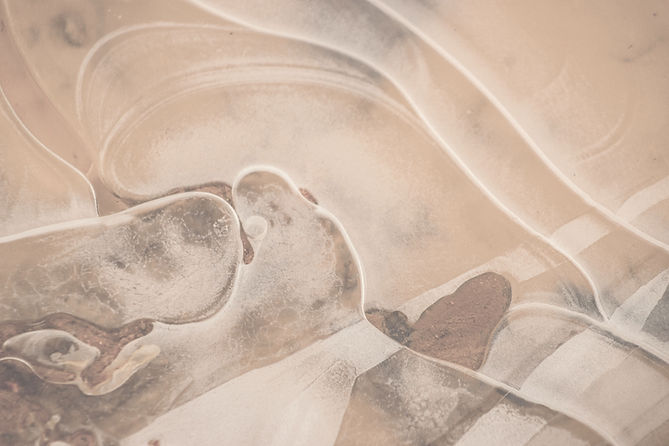
Bio-Pesticide
Biopesticides are natural, biologically occurring compounds that are used to control various agricultural pests infesting plants in forests, gardens, farmlands. There are different types of biopesticides that have been developed from various sources. Biopesticides have several advantages over their chemical counterparts and are expected to occupy a large share of the market in the coming period.

01
Paecilomyces lilacinus
Paecilomyces lilacinus is a filamentous fungus that can be isolated worldwide from many environmental sources. Its also known as Purpureocillium lilacinum, is a non-dermatophyte mold found in the soil and used as nematocide for crops. This fungus subsequently kills eggs, juveniles, and adult females of various plant parasitic nematodes and act as a biological control agent for pests and diseases.
02
Lecanicillium lecanii
Lecanicillium lecanii is an entomopathogenic fungus, that was previously widely known as Verticillium lecanii. It’s one of the members of Deuteromycetes and it can be used for crop protection. Its controlling insect pests such as whitefly, thrips, aphids and it attacks a wide range of insects and is grouped into the extremely diverse aggregate species.


03
Metarhizium anisopliae
Entomopathogenic fungus such as Metarhizium spp. has been widely studied because of its narrow host range, safety, environmental friendliness, and ease of mass production. Its an essential entomopathogenic fungus. The Metarhizum genus is distributed globally from the artic to the tropics. It belongs to the class Hyphomycetes, which reproduce by spores known as conidia. This fungus that grows upon insect host cuticle.
04
Beauveria bassiana
Beauveria bassiana is an entomopathogenic fungi that causes white muscadine disease in a range of insects including whiteflies, aphids, thrips, grasshoppers and certain types of beetles. Its spores simply need to come in contact with a host. Once the host insect is infected, the fungus rapidly grows inside of the insect, feeding on the nutrients present in the host's body and producing toxins in the process. When the host dies, the B. bassiana covers the carcass in a layer of white mold that produces more infective spores. A major advantage to using Beauveria bassiana is the fact it can be used up until the day of harvest as the residue is not harmful to consumers.

